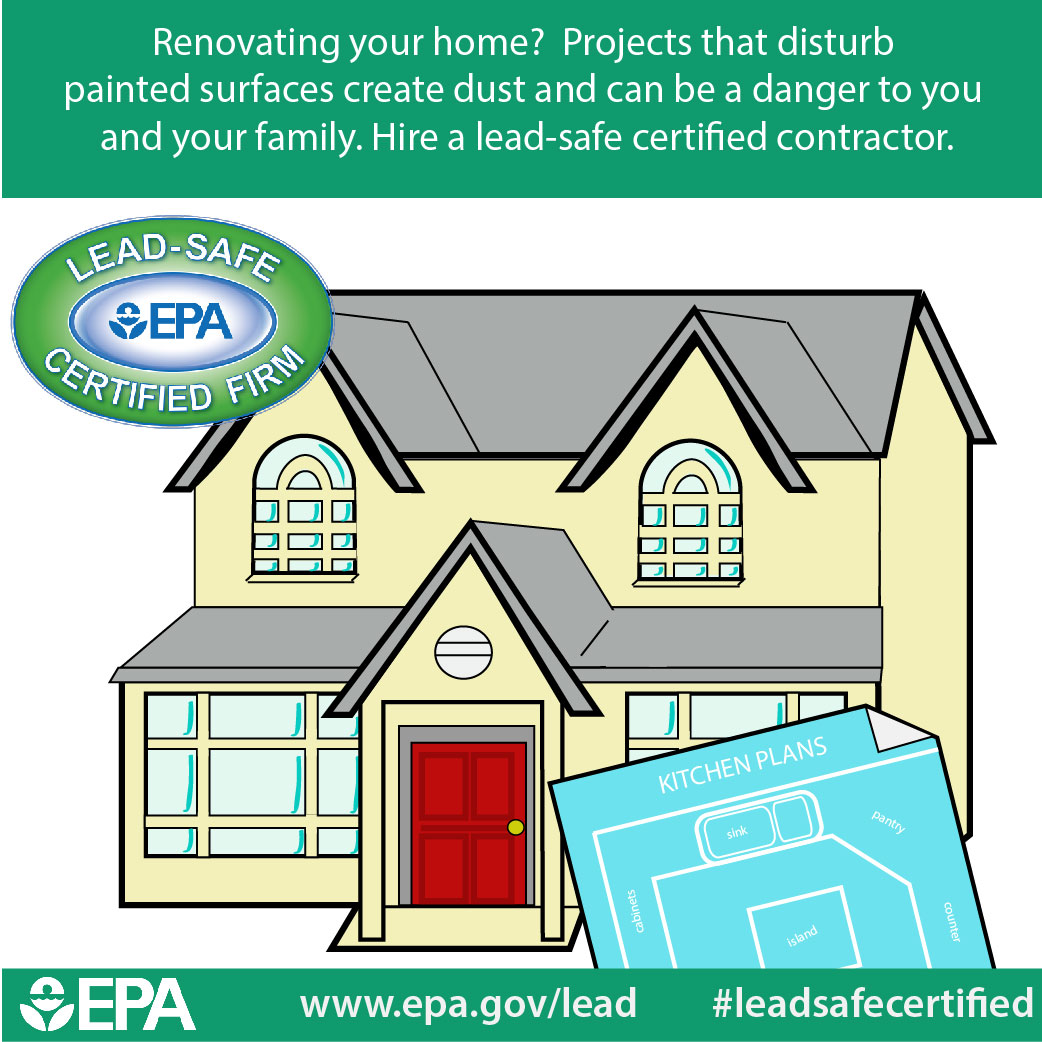Establish Your Walls Up For Paint With Fundamental Ideas And Techniques That Assure An Impeccable Surface-- Find Out The Essential Actions To Progress Your Task
Establish Your Walls Up For Paint With Fundamental Ideas And Techniques That Assure An Impeccable Surface-- Find Out The Essential Actions To Progress Your Task
Blog Article
Content Author-Grace Dillard
When you're prepping your walls for paint, it's critical to comply with a systematic procedure to make certain a remarkable coating. Begin by taking a look at the wall for any damage; this action can make or damage your job. Once you've identified any type of concerns, cleaning up the surface effectively is important, as a filthy wall surface can affect paint bond. After that, you'll require to spot any kind of blemishes and apply a guide. But there specify methods and ideas that can boost your preparation video game-- allow's check out those more to achieve the most effective outcomes.
Assessing Wall Condition
Before you get your paintbrush, take a moment to examine your walls' problem. Look for any type of visible damages like cracks, holes, or peeling off paint. These blemishes can affect just how the paint adheres and looks once it's completely dry. If you see any significant damage, you'll need to focus on repairs prior to diving right into painting.
Look carefully at the texture of your walls. Is the surface smooth, or exists appearance that might need unique consideration? Smooth walls normally require less preparation, while textured surface areas may need more time to repaint evenly.
Also, consider the previous paint task. If the old paint is glossy, it mightn't permit brand-new paint to stick correctly. You'll need to know if your wall surfaces have actually been painted with oil-based or water-based paint, as this can affect your choice of guide or paint.
Finally, remember of any moisture issues. If you see indicators of water damage or mold and mildew, address these troubles promptly to prevent additional issues.
Cleaning the Surface
Once you've examined the problem of your wall surfaces, the next action is cleansing the surface. Beginning by gathering your supplies: a bucket, cozy water, a mild cleaning agent, a sponge or fabric, and a scrub brush for harder areas.
Begin at the top edge of the wall and work your way down. Mix the cleaning agent with cozy water in your container, then dip the sponge or towel into the solution. Wring it bent on avoid excessive dampness on the wall surfaces.
As you cleanse, pay close attention to locations that might've gathered dirt, grease, or fingerprints. For stubborn discolorations, use the scrub brush gently to avoid harming the paint beneath. Rinse your sponge or towel often in clean water to stop spreading out dirt around.
After cleansing, just click the next post to wipe the walls with a moist fabric to get rid of any kind of soap deposit. This action ensures a smooth surface for the new paint to adhere to.
Allow the walls to completely dry totally prior to carrying on to the following preparation steps. This detailed cleansing process will certainly assist develop a fresh canvas for your painting task, making certain the very best outcomes.
Patching and Priming
Patching and priming are essential steps in preparing your walls for a fresh layer of paint. First, inspect your wall surfaces for any type of openings, splits, or blemishes. Utilize a top quality spackling compound or patching paste to load these areas.
Use the compound with a putty knife, smoothing it out so it's flush with the bordering surface area. Allow it to completely dry completely, and then sand it lightly up until it's smooth and also.
As soon as you've patched every little thing, it's time to prime. Primer aids seal the patched locations, ensuring the paint adheres correctly and gives an uniform coating. Pick a guide ideal for your wall surface kind and the paint you'll be making use of.
Apply the guide using a roller for bigger locations and a brush for corners and sides. If your patched areas are significantly large or permeable, you may wish to apply a second coat of guide after the initial one dries out.
After priming, allowed whatever dry extensively prior to going on to paint. residential home interior painting won't just enhance the look of your wall surfaces but also extend the life of your paint job.
Take your time, and you'll be pleased with the outcomes.
Conclusion
By following these basic steps, you can attain a smooth and specialist surface on your wall surfaces. Start by evaluating their condition, then tidy and spot any imperfections prior to using primer. Keep in mind to enable sufficient drying time and guarantee whatever is smooth before you dive into painting. With industrial building painting , you'll set the stage for an attractive change in your area. Now, gather your products, take in the fresh air, and prepare to paint!
